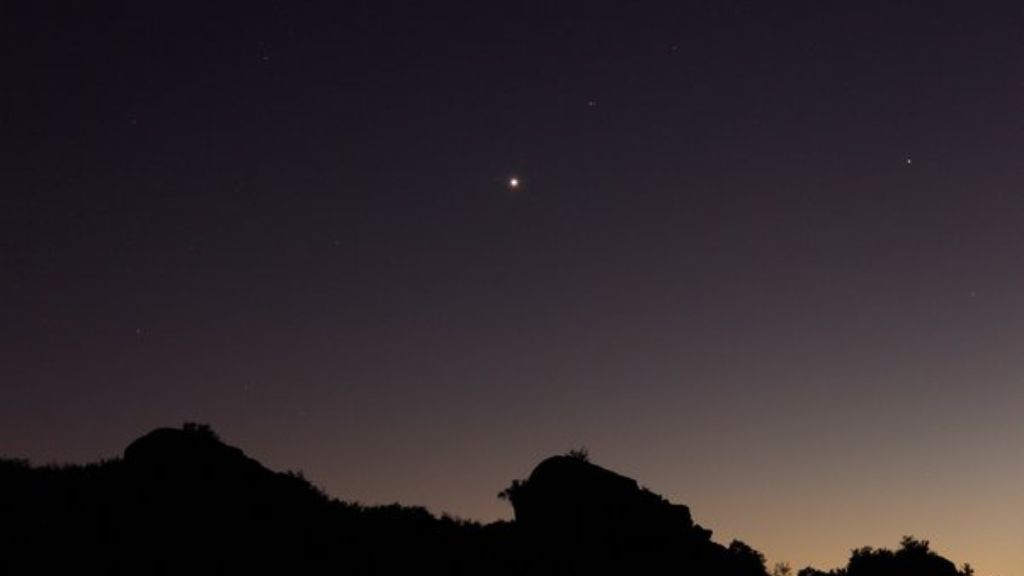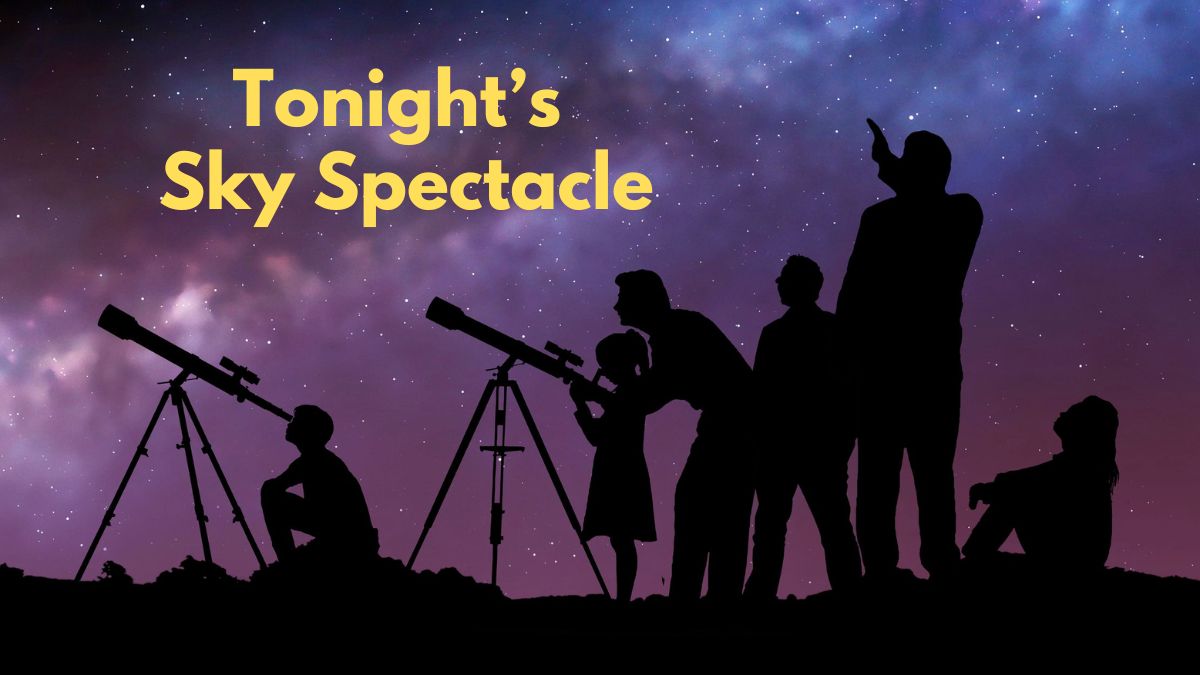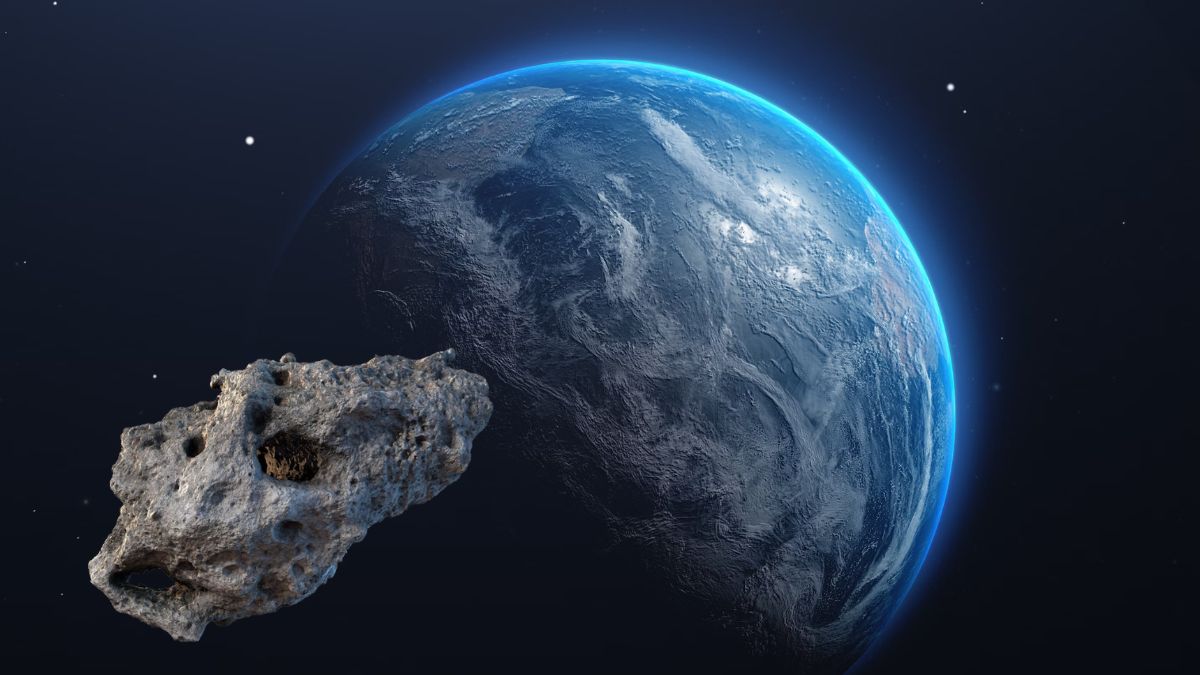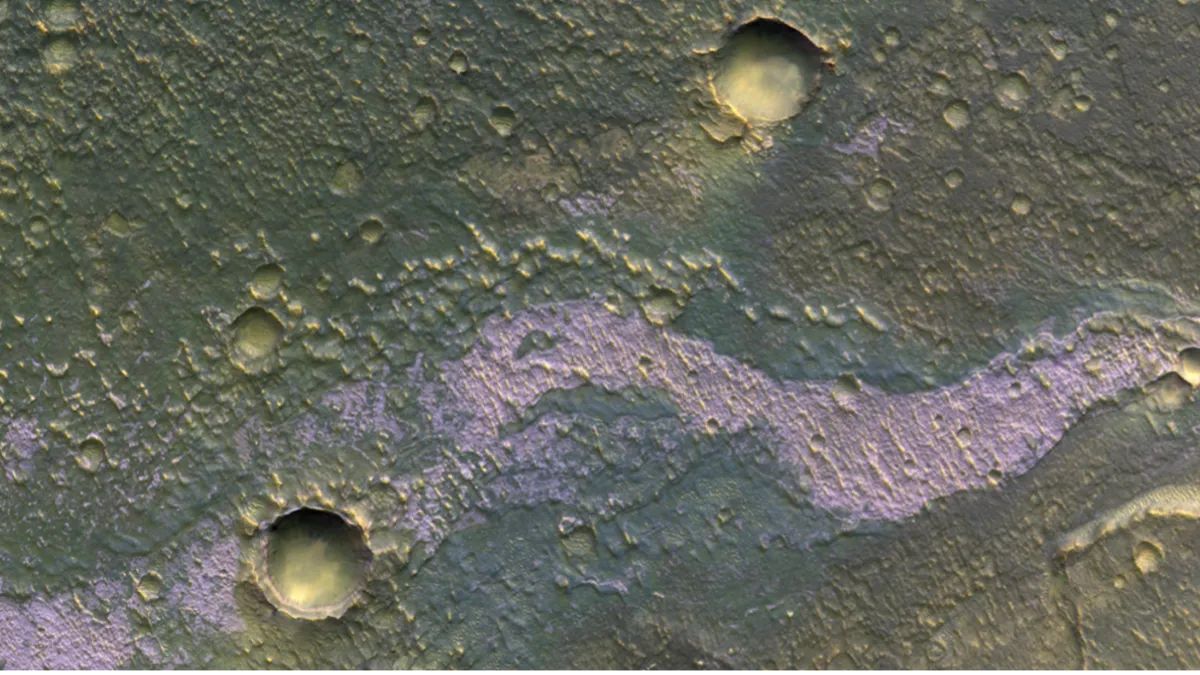Tonight, August 12, 2024, the night sky is set to dazzle stargazers with a spectacular display of planets, stars, and other celestial wonders. Whether you’re an avid astronomer or just someone who loves looking up at the stars, tonight’s sky has something special for everyone.
Visible Planets
This evening, several planets will be visible to the naked eye. Venus, often called the “Evening Star,” will be shining brightly in the western sky just after sunset. It’s one of the brightest objects in the night sky, so it’s hard to miss. Look for it low on the horizon.

Mars will also make an appearance tonight. It will rise around midnight and be visible in the eastern sky. Mars has a distinct reddish hue, making it easy to spot. If you have a telescope, you might even catch a glimpse of its polar ice caps.
Jupiter and Saturn will be visible later in the night. Jupiter, the largest planet in our solar system, will rise around midnight. Its four largest moons, Io, Europa, Ganymede, and Callisto, can be seen with a good pair of binoculars. Saturn, known for its stunning rings, will be visible in the southeastern sky. A small telescope will reveal its rings and some of its moons.

Stars and Constellations
The summer night sky is filled with beautiful constellations. Look for the Summer Triangle, which is made up of three bright stars: Vega, Deneb, and Altair. This triangle is easy to spot and serves as a great starting point for finding other constellations.
To the south, you’ll find the constellation Scorpius, with its bright red star Antares. This constellation is shaped like a scorpion and is one of the most recognizable in the summer sky. Nearby, you’ll see Sagittarius, which looks like a teapot.
The Milky Way, our galaxy, runs through this part of the sky, making it a great area to explore with binoculars or a telescope.
The Moon
Tonight, the moon will be in its waxing crescent phase. This means that only a small part of the moon is illuminated, creating a beautiful crescent shape. The crescent moon will be visible in the western sky after sunset. Look for “Earthshine,” which is the faint glow on the dark part of the moon caused by sunlight reflecting off the Earth.
Meteor Showers
One of the highlights of tonight’s sky is the Perseid meteor shower. Bright and fast meteors are the hallmarks of this yearly meteor shower. The Perseids are best viewed after midnight, when the sky is darkest. Find a spot away from city lights, lie back, and look up. You might see up to 100 meteors per hour at the peak of the shower.
Satellites and Spacecraft
If you’re lucky, you might also spot some satellites and spacecraft passing overhead. The International Space Station (ISS) is one of the brightest objects in the night sky and can often be seen moving quickly across the sky. There are also many other satellites that reflect sunlight and appear as moving stars.
Tips for Stargazing
- Find a Dark Spot: The best views are away from city lights. Find a dark spot with a clear view of the sky.
- Use a Star Map: A star map or a stargazing app can help you identify stars, planets, and constellations.
- Bring Binoculars or a Telescope: While many objects can be seen with the naked eye, binoculars or a telescope will enhance your experience.
- Be Patient: Your eyes need some time to get used to the darkness. Give yourself at least 20 minutes to fully adapt.
- Dress Warmly: Even in summer, nights can get chilly. Bring a blanket or a jacket to stay comfortable.





